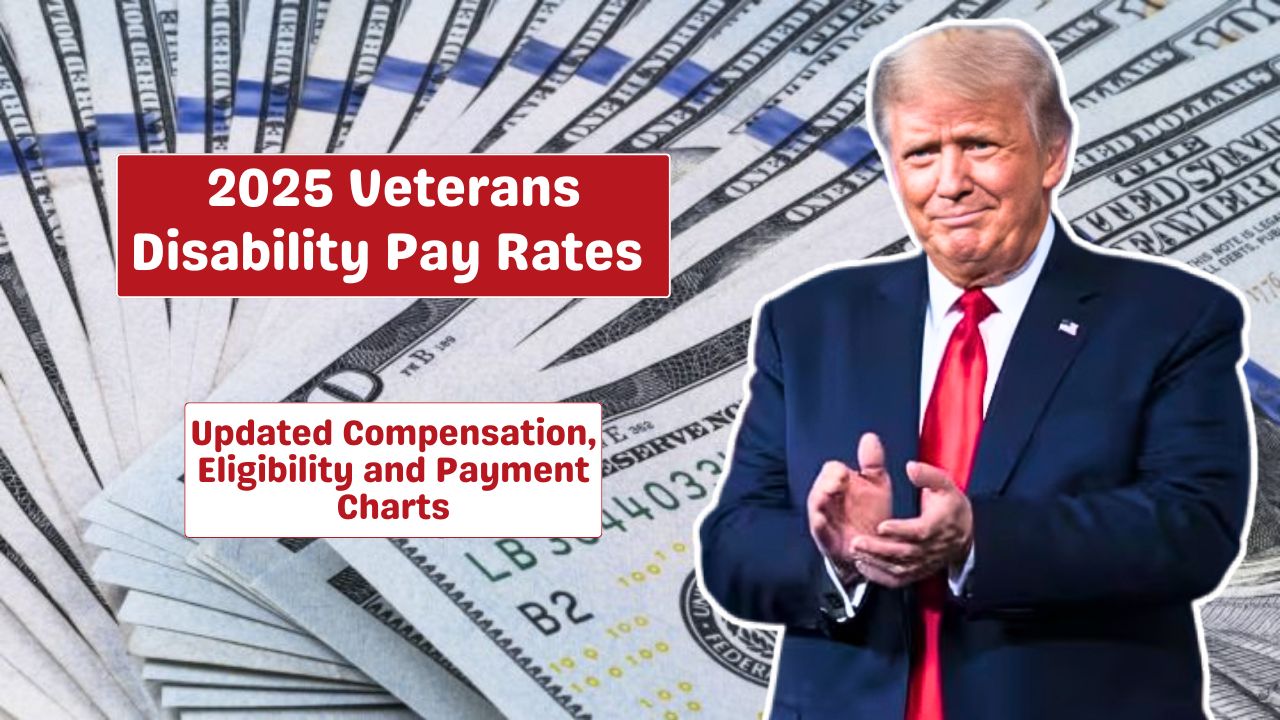Many retirees in the United States rely on Social Security checks to meet their daily expenses, but rising costs often make these payments insufficient. Fortunately, seniors over 60 can turn to the Supplemental Nutrition Assistance Program (SNAP), or “food stamps,” to help cover essential food needs. This article examines how retirees can combine SNAP with Social Security benefits to improve their financial stability.
Table of Contents
SNAP Overview
SNAP provides low-income individuals and families with financial assistance to purchase groceries. For seniors on fixed incomes, SNAP can be a lifeline, ensuring they have access to nutritious food without sacrificing other necessities.
Although SNAP eligibility depends primarily on income, household size, and assets, seniors benefit from additional flexibility and tailored advantages, making the program especially valuable for those aged 60 and older.
Senior Benefits
For retirees over 60, SNAP offers distinct advantages to improve access to benefits:
- Higher Income Limits
Seniors often qualify for SNAP despite having higher incomes than younger applicants. Social Security payments are included in the income calculation, but seniors have more lenient thresholds, increasing their chances of approval. - Medical Expense Deductions
Seniors can deduct eligible medical expenses, such as prescription costs, doctor visits, and healthcare-related transportation. These deductions lower their “net income,” improving eligibility for SNAP. - Streamlined Applications
Many states offer simplified application processes for seniors. These changes reduce paperwork and administrative barriers, making it easier for older adults to apply and qualify for food assistance.
Social Security
For retirees already receiving Social Security, SNAP provides a complementary benefit. While Social Security income is considered during eligibility reviews, it does not automatically disqualify applicants. This combination can be crucial for those whose Social Security checks fall short of covering basic needs like rent, utilities, and healthcare.
By using SNAP, seniors can allocate more of their Social Security income toward housing or medical costs while ensuring access to healthy food. This balance is especially important as the cost of living continues to rise.
Eligibility
Several factors influence whether seniors can combine SNAP benefits with Social Security:
- Household Income
SNAP evaluates total household income, including wages, pensions, and Social Security checks. While seniors enjoy higher income limits, exceeding these thresholds can result in denial of benefits. - Assets and Resources
The program also considers financial resources like savings and property, although a primary residence is typically excluded. Seniors receiving Supplemental Security Income (SSI) may have resource tests waived, making them more likely to qualify. - Disability Status
Seniors with disabilities can deduct additional medical expenses, further increasing their eligibility. This flexibility is vital for individuals balancing high healthcare costs with limited income.
Seniors who are denied SNAP benefits have the right to appeal. Here’s how:
- File an Appeal: Write “I disagree with this decision” on your denial notice, sign it, and submit it to your local SNAP office.
- Contact Your Caseworker: Inform your caseworker of your intention to appeal and follow up with a written statement via email or mail.
- Know Your Rights: Seniors are entitled to a fair review process and should not hesitate to seek assistance from advocacy groups or legal aid if needed.
State Variations
While SNAP is a federal program, states have some flexibility in setting eligibility criteria and benefit levels. Seniors should be aware of state-specific rules:
- Benefit Amounts: In 2023, Hawaii offered the highest average benefit per household member ($385), while Minnesota provided the lowest ($157).
- Population Coverage: States like New Mexico, D.C., Louisiana, and West Virginia had the highest percentage of residents receiving SNAP.
- Policy Changes: Florida recently expanded SNAP work requirements for individuals up to age 59, which could indirectly affect seniors nearing retirement age.
A Balanced Approach
Combining Social Security with SNAP can help seniors meet their financial and nutritional needs. The flexibility in SNAP rules for seniors, such as higher income thresholds and medical expense deductions, ensures older adults have a fair chance of receiving this crucial support.
FAQs
Can seniors over 60 apply for SNAP?
Yes, seniors over 60 can apply with additional benefits available.
Does Social Security income affect SNAP eligibility?
Yes, but seniors have higher income limits for SNAP.
What expenses can seniors deduct for SNAP?
Medical expenses like prescriptions and doctor visits can be deducted.
Can seniors appeal a denied SNAP application?
Yes, seniors can file an appeal by contacting their local SNAP office.
Do SNAP rules vary by state?
Yes, states have flexibility in setting SNAP eligibility and benefit levels.








